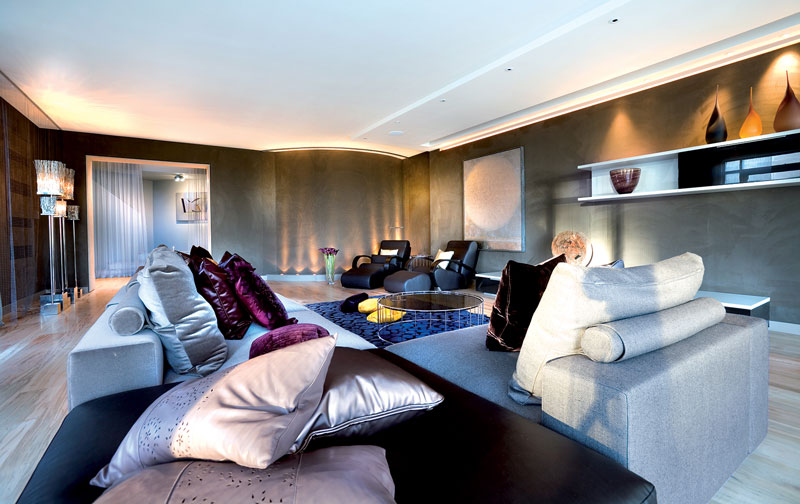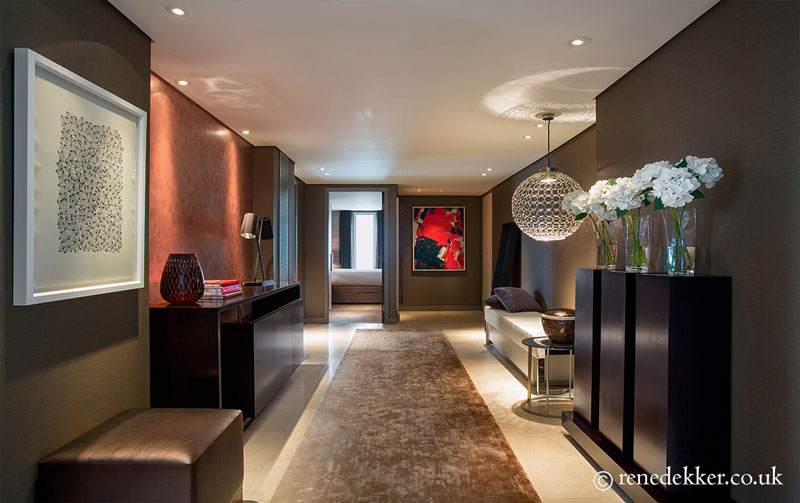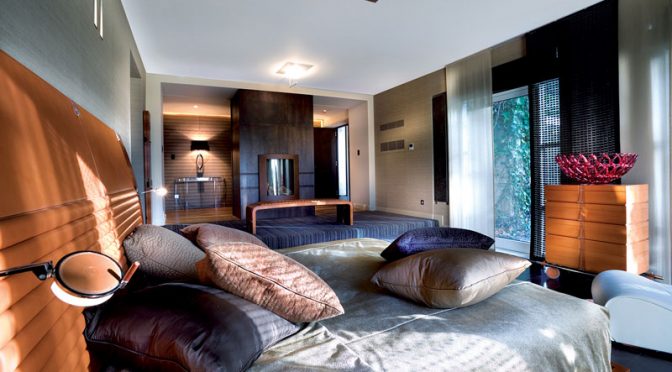What it takes to be a successful interior designer
While having a love of fabrics and furniture, and a passion for colour play a massive role in interior design, there’s more to the job than people may think, especially if you’re setting your sights at the top of the interiors food chain – the high end and luxury market.
Among other things, interior designers need to be educated in the history of design, the structural integrity of buildings, building codes, ergonomics, spatial concepts, ethics, psychology and computer-aided drawing (CAD).
This broad range of skills is essential as designers work not only with homeowners, but also builders, architects, government agencies and business owners. To become a successful interior designer, one needs to be well educated in the subject as well as well-rounded as a professional.

The first step to a successful career is to follow your passion. After all, doing something you love will never feel like work, or at least shouldn’t. When starting out, the first focus of your attention should be your portfolio and the ability to showcase your skills and any design projects that you might already have under your belt. Once you have a portfolio looking as professional and tip top as possible, it’s time to approach potential clients. Or, if you’re further up the design ladder, asking established companies that you admire to take you on as an apprentice or assistant.
If it’s the former and you’re starting out, it can be a good idea to cut your teeth on a few projects near to home, literally – helping family or friends who need a bit of interiors advice can be a great launch pad. Although you might be doing this for free, or at a vastly reduced rate, this will give you some invaluable experience in many ways.
The first is the work itself, secondly projects like this will give you experience in dealing with people as clients. Thirdly, negotiating with merchandisers, contractors and suppliers can save you a lot of heartache, time and money later on, while finding reliable ones are worth their weight in gold. Finally, if all goes well, you’ll be able to develop a reputation and hopefully receive recommendations for future projects.

Interior design is an extremely competitive business, and there’s no way round it – the key to success is flair and hard work. There are, however, other elements that can contribute to success and these include building a client list, getting noticed, and being as knowledgeable about your subject as possible.
This includes have a good grounding in formal, academic interior design education, being able to anticipate future trends that might be affected by things such as social changes, as well as fashions such as biophilic design.
Once you start climbing the ladder, you’ll be able to refine the area of design in which you’d like to specialise. If Residential is your field, look at your skills and what you’re interested in and let these elements guide you towards the right level. If you love luxury goods and quality finishes, then high end is the path for you. If, however, you like the challenge of achieving the best look possible on a tight budget, then smaller projects could be a better fit.

On a different note, although they’re not mutually exclusive, there’s corporate design, which deals with hotels, offices and restaurants. Bringing with them a different set of demands this could well be your metier. Either way, knowing which direction you’d like to go in, will help you get to the top quicker and eliminate changing and shifting around.
Although your focus should be on your own path and creativity, it can also be beneficial to be up to date with the latest movements within the interior design world by reading design publications and websites, and even linking up with fellow designers, or following a mentor.
The final piece of the jigsaw is to remember that the client comes first. Despite your education, experience and professionalism in the field, and however frustrating it may be, ultimately the clients chooses what style suits them best…although it’s your job to make them think they do!
